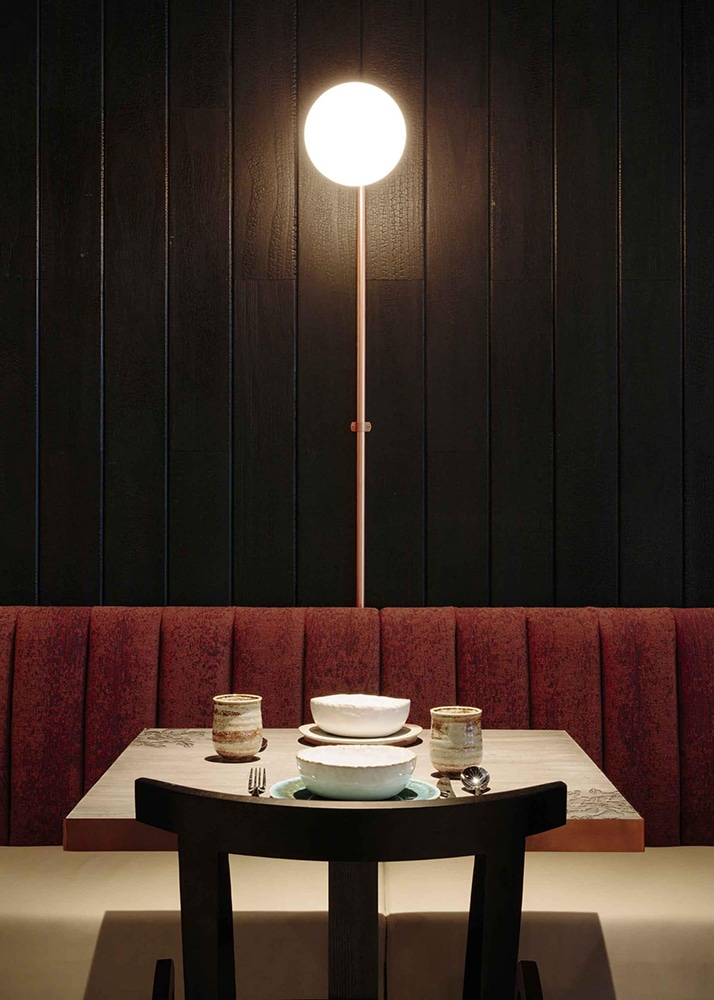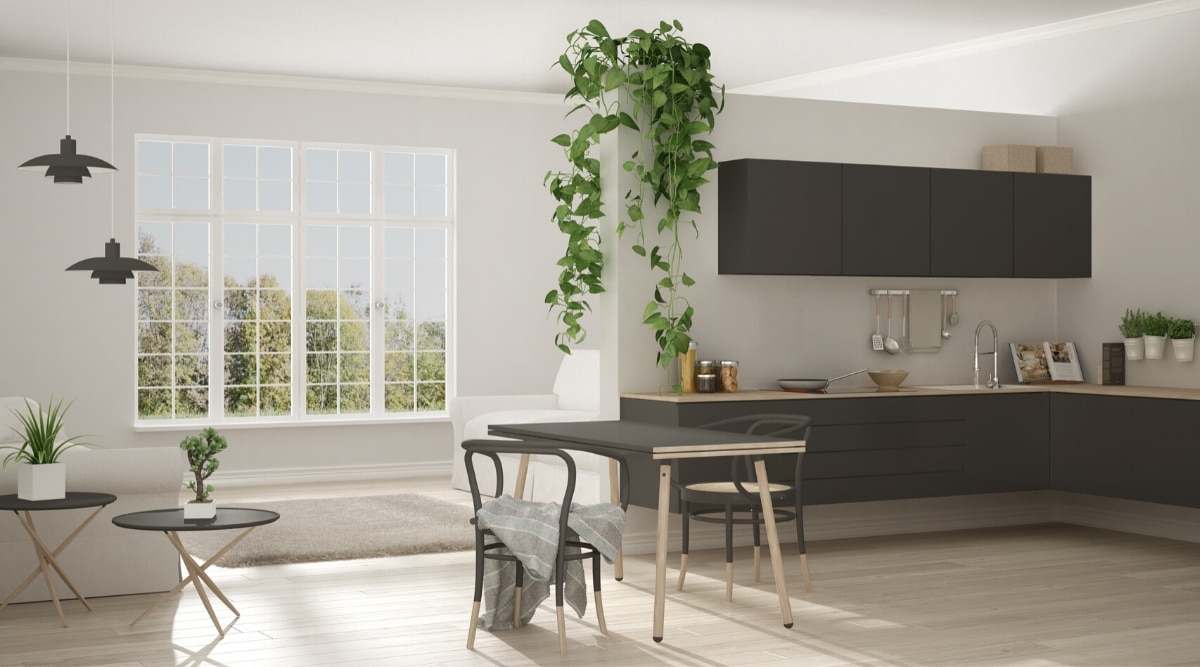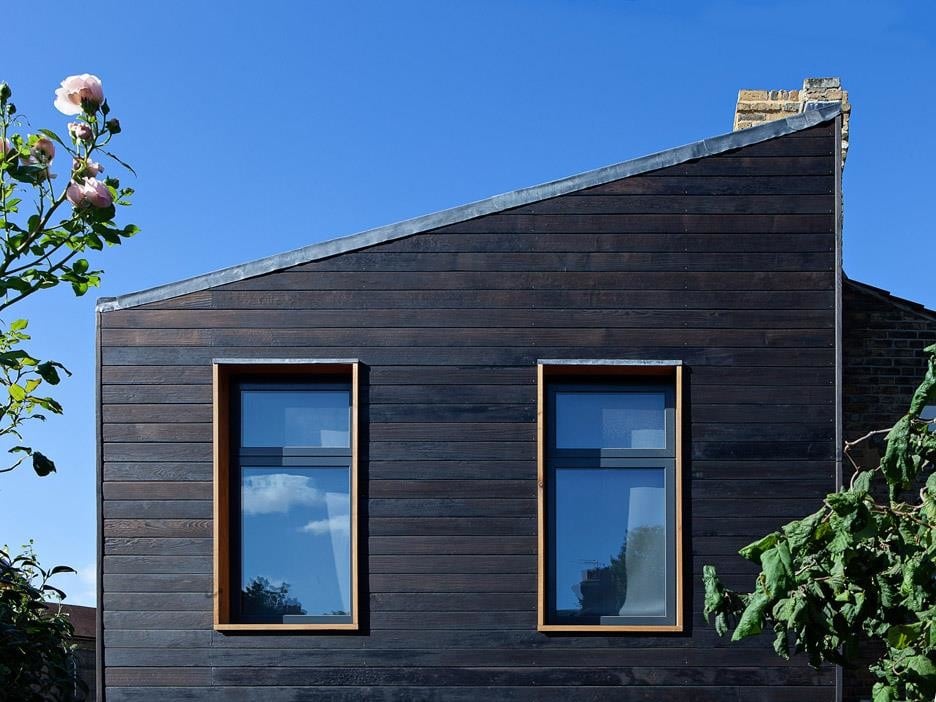This year, architectural and interior design has been described as ‘soothing minimalism’. Following Scandi and Hugge, we have a new word to embrace; Japandi.
From Japonism to Japandi
Japonism
Modern Japanese architecture is a far cry from the ornamental temples that first captured the interest of the west in the late 1800s. Until then, Japan was largely closed off to the west, but when trading began, Japonism was an instant hit.
Japanese architecture with its extended eves, timber cladding and decorative wooden features was embraced by the British Arts and Crafts Movement. They admired the skilled craftsmanship and integrity of Japanese art and architecture. Woodblock prints, ceramics and design inspired many European artists. It became all the rage to incorporate Japonism into interior design.
Over in America, Frank Lloyd Wright’s take on Japonism was to note the geometry and organic styling of artists like Hokusai. He translated them into simplistic architectural forms. He understood the Japanese concept of buildings being in tune with their surroundings, of man and nature living in harmony. It was a pivotal point in modern architectural design.
Japandi
Modern Japanese architecture follows this interpretation. It offers an exciting array of geometric shapes, tiered buildings and sculptural forms. Simplistic, stylish and non-conventional buildings are being erected in urban and rural settings. As a few examples, take a look at the Teepee House in Nasu, Sunwell Muse in Tokyo or Ribbon Temple in Hiroshima.
Whilst contemporary in appearance, many of these buildings draw on techniques that have long been admired in Japanese culture. They feature timber cladding, craftsmanship, multi-purpose spaces and a connection with the surrounding environment. The interiors offer a sense of sanctuary and this is at the heart of the Japandi style.
Japandi is all about quality over quantity. It incorporates natural materials, natural light and natural tones. It encourages us to notice the details and appreciate our surroundings. Many principles agree with the Scandi trend that we have embraced in architecture and interior design, but with an oriental twist.
With all eyes on Tokyo 2020, Japandi is predicted to have a strong influence on architecture and interior design in 2020. On-trend home decoration will delight in simplistic, geometric forms, inspired by nature. Mint and sage greens replace grey as the neutral colour of choice for walls. Expect Japanese ceramics, bamboo and wood to provide a sustainable alternative to plastic.
Yakisugi in Architecture and Interior Design
Historic and modern Japanese architecture typically includes timber. As a widely available construction material, many older buildings are timber clad. To lower the risk of fires, the Japanese developed a technique of preserving the wood using a controlled charring method. This is known as Yakisugi.
Yakisugi produces a dark finish and in practical terms, enhances the timber’s natural resilience to fires, burrowing insects and weathering. The demand for charred timber cladding on contemporary buildings in the UK has been growing in recent years. This type of timber cladding offers a strong, stylish and sustainable aesthetic that is desired for private residences, as well as public and commercial buildings.
For those who are intrigued by Yakisugi, charred wood isn’t restricted to exterior timber cladding. It is becoming a popular interior feature in boutique hotels, leading restaurants and stylish retail units.
In addition to the traditional black charred timbers, Exterior Solutions Ltd has developed a contemporary take on this tradition. Utilising a range of charring, brushing and painting techniques we offer a selection of tried and tested timbers and finishes in our Shou-Sugi-Ban® range. Larch is in great demand and for a truly bespoke finish, the deep grain of Douglas Fir can be infilled to exactly match any RAL colour.
Shou Sugi Ban® Supplier
Whether for timber cladding or interior design, contact Exterior Solutions Ltd on 01494 711800 or email us to request a Shou Sugi Ban® brochure.
Our experienced team char all timbers in our on-site workshop, allowing us to maintain the highest quality standards. As holders of the Shou-Sugi-Ban® trademark, we can answer your questions about our products and their suitability for your interior or exterior applications.



